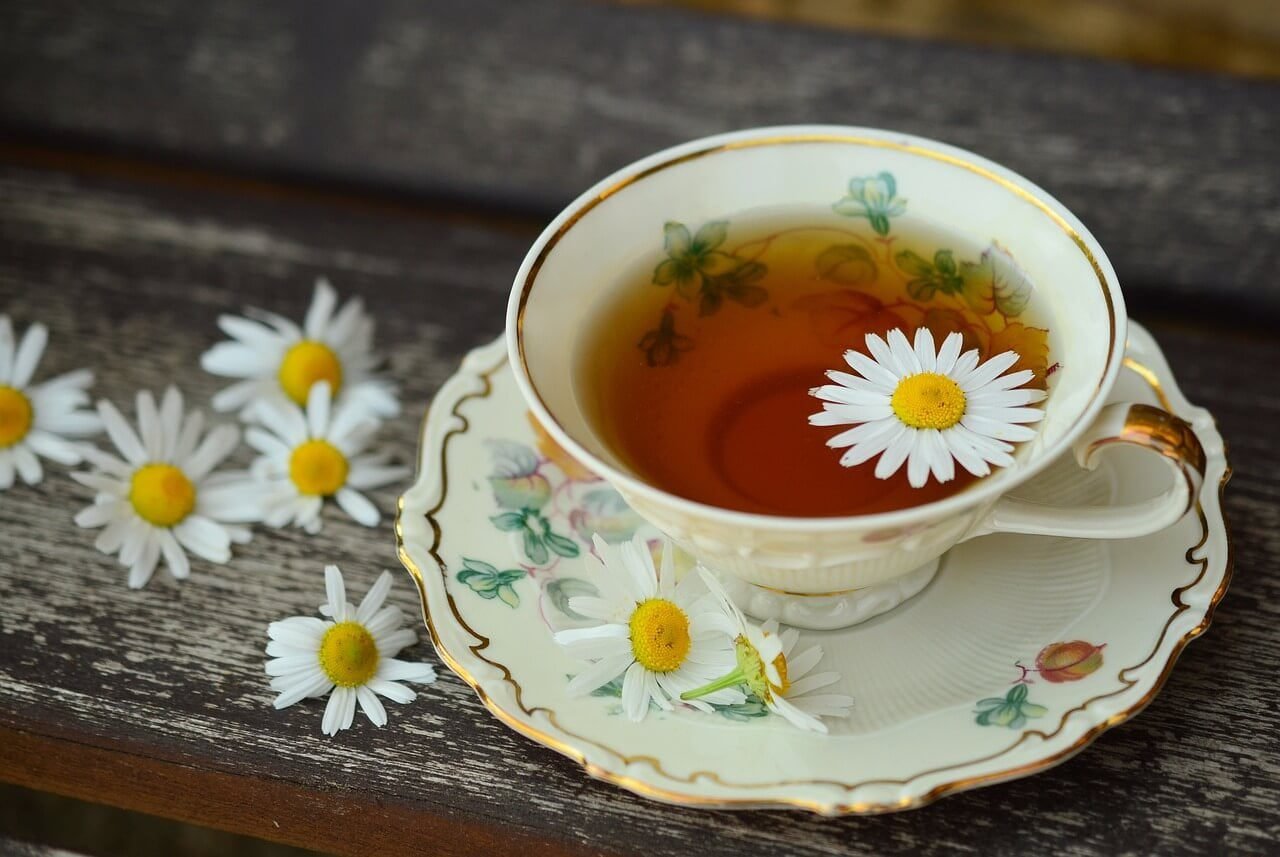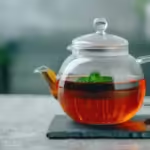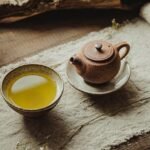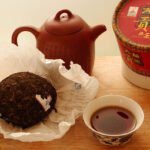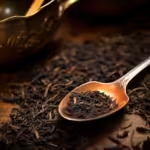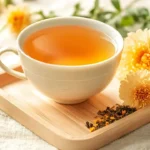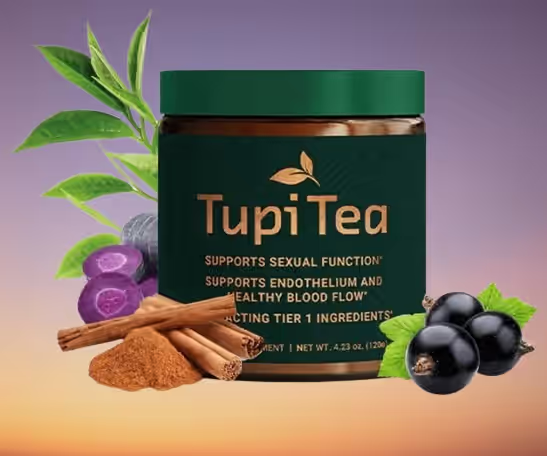Table of Contents
When it comes to enjoying a cup of Earl Grey tea, one question that often pops up is, How much caffeine does it contain? Whether you’re a tea lover trying to cut down on caffeine or simply curious about how your Earl Grey compares to coffee, understanding the caffeine content in this classic tea can help you make informed choices. In this article, we’ll explore the caffeine levels in Earl Grey tea, and shed light on other essential factors that influence its caffeine content.
Along with exploring Earl Grey tea caffeine content, we’ll also dive into two other important aspects: the health benefits of Earl Grey tea and Earl Grey tea varieties. These insights will help you understand more than just its caffeine levels—revealing why Earl Grey is such a beloved drink around the world.
1. What Is Earl Grey Tea?
Before jumping into its caffeine content, let’s first explore what Earl Grey tea is. Earl Grey is a black tea blend that has been flavored with bergamot oil, which gives it its distinctive citrusy aroma and taste. The origin of Earl Grey tea dates back to the 19th century when it was named after British Prime Minister Charles Grey, who popularized the tea. The blend has since become a beloved staple for tea drinkers around the globe.
There are several varieties of Earl Grey tea, each of which can affect its flavor profile and caffeine content. Classic Earl Grey is made from black tea, but today, you’ll find versions like green Earl Grey or decaffeinated Earl Grey, offering a broader range of options depending on your preferences and caffeine sensitivity.
2. Earl Grey Tea Caffeine Content: The Basics
The caffeine content in Earl Grey tea depends primarily on the type of black tea used as its base. On average, a cup of Earl Grey tea contains 40 to 70 milligrams of caffeine per 8-ounce serving. In comparison, a typical cup of coffee contains around 95 milligrams of caffeine, making Earl Grey a milder alternative for those who enjoy a gentler boost of energy.
However, it’s important to note that the caffeine content can vary based on several factors:
- Tea Brand: Different tea producers may use different blends, resulting in variations in caffeine levels.
- Steeping Time: The longer you steep your tea, the higher its caffeine content will be. Earl Grey steeped for 3-5 minutes will typically contain less caffeine than tea steeped for over 5 minutes.
- Tea Leaves vs. Tea Bags: Loose-leaf Earl Grey often contains more caffeine than tea bags because whole leaves release caffeine more effectively than the finely ground leaves found in bags.
So, while a standard cup of Earl Grey tea can give you a moderate caffeine lift, knowing how it’s prepared can help you adjust the caffeine content to your liking.
👉 Experience the Best Earl Grey Tea for a Bold Citrus Twist! 👈
3. Caffeine in Different Earl Grey Tea Varieties

As mentioned earlier, Earl Grey tea comes in several varieties, each with varying levels of caffeine. Let’s explore some popular Earl Grey tea varieties:
- Classic Earl Grey: This is the standard black tea with bergamot flavoring. As we discussed, a typical cup contains between 40 and 70 milligrams of caffeine, depending on the brand and brewing method.
- Green Earl Grey: Made from green tea instead of black, this variation offers a lower caffeine content. Green tea naturally contains less caffeine than black tea, and a cup of Green Earl Grey will have around 20 to 45 milligrams of caffeine. This makes it a great option if you’re looking for a lighter, less stimulating tea.
- Decaffeinated Earl Grey: If you love the taste of Earl Grey but want to avoid caffeine altogether, decaffeinated Earl Grey is a perfect choice. Decaffeinated versions typically contain less than 5 milligrams of caffeine, which is negligible and won’t affect your energy levels.
Understanding the different Earl Grey tea varieties can help you choose the one that best suits your caffeine tolerance.
4. Earl Grey Tea vs. Other Teas: How Does It Compare?
To put the Earl Grey tea caffeine content into perspective, let’s compare it to other popular teas:
- English Breakfast Tea: Another black tea variety, English Breakfast tea has a similar caffeine content to Earl Grey, typically ranging from 40 to 70 milligrams per cup.
- Green Tea: Green tea has significantly less caffeine than black tea, averaging around 20 to 45 milligrams per cup. Green Earl Grey tea would naturally fall into this category.
- White Tea: White tea is one of the least processed teas and contains only about 15 to 30 milligrams of caffeine per cup, making it one of the mildest options.
- Herbal Teas: Herbal teas like chamomile or peppermint are caffeine-free, offering a relaxing option with no stimulant effect.
When choosing between teas, the caffeine content can be an essential factor, especially if you’re sensitive to caffeine or trying to monitor your intake.
👉 Discover the Ultimate Earl Grey Tea Experience! 👈
5. Health Benefits of Earl Grey Tea

Beyond caffeine, Earl Grey tea is beloved for its potential health benefits, making it a guilt-free addition to your daily routine. Here are some of the top health advantages associated with drinking Earl Grey tea:
- Rich in Antioxidants: Like all true teas, Earl Grey is packed with antioxidants, which help fight free radicals in the body. This can reduce oxidative stress and lower the risk of chronic diseases like cancer and heart disease.
- Heart Health: Studies suggest that black tea, the base for most Earl Grey varieties, may help improve cholesterol levels and reduce blood pressure, promoting better cardiovascular health.
- Digestive Aid: Bergamot, the citrus fruit that gives Earl Grey its unique flavor, has been traditionally used as a natural digestive aid. Drinking Earl Grey may help reduce bloating and indigestion.
- Boosts Energy and Focus: Thanks to its caffeine content, Earl Grey tea can provide a steady boost in energy levels without the jitters often associated with coffee. The presence of L-theanine in tea can also enhance cognitive function and improve focus.
- Weight Management: Earl Grey tea may support weight loss efforts by increasing metabolism and aiding fat breakdown. The caffeine and catechins in black tea work together to promote thermogenesis, a process that helps burn calories.
While Earl Grey tea’s health benefits are numerous, it’s worth noting that moderation is key. Drinking too much tea—especially those with caffeine—can lead to side effects like restlessness, dehydration, or sleep disturbances.
6. Factors That Influence Earl Grey Tea Caffeine Content
While we’ve already touched upon how steeping time and tea variety affect caffeine content, several other factors come into play:
- Tea Quality: Higher-quality teas tend to contain more caffeine than lower-quality ones. Loose-leaf Earl Grey, in particular, may have more caffeine than tea bags.
- Water Temperature: Using hotter water during brewing can extract more caffeine from the tea leaves, resulting in a stronger cup. If you want less caffeine, brew your tea in slightly cooler water.
- Serving Size: The amount of tea used directly impacts caffeine content. If you use more tea leaves or a larger tea bag, expect a higher caffeine concentration.
👉 Unlock the Classic Charm of Earl Grey Tea Today! 👈
Conclusion
In conclusion, Earl Grey tea caffeine content varies depending on the specific blend, brewing methods, and preparation styles. On average, a cup of Earl Grey contains 40 to 70 milligrams of caffeine, which is moderate compared to coffee but more than herbal teas. If you prefer a lighter option, Green Earl Grey or decaffeinated versions are excellent alternatives that offer the same delightful bergamot flavor with lower caffeine levels.
Besides its pleasant taste and energizing properties, Earl Grey also provides an array of health benefits. From supporting heart health to aiding digestion, this tea has much more to offer than just its caffeine kick. Whether you’re sipping a cup to boost your focus or unwind after a long day, Earl Grey remains a classic choice for tea enthusiasts worldwide.
For those mindful of their caffeine intake, understanding how factors like steeping time, water temperature, and tea variety influence caffeine content can help you tailor your tea to suit your needs. So next time you brew a cup of Earl Grey, you’ll not only enjoy its rich flavor but also feel confident about how much caffeine you’re consuming.
